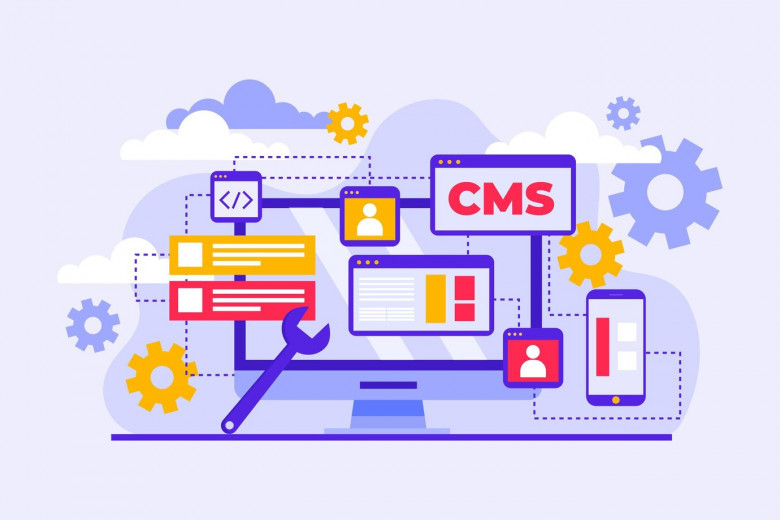views
Why Accessibility Should Be a Priority in Web Development

Why Accessibility Should Be a Priority in Web Development
In today’s digital world, websites are a critical part of how people connect, learn, shop, and engage with services. But not everyone experiences the web the same way. Millions of users have disabilities that impact how they interact with online content—yet far too many websites are still built without them in mind.
Accessibility in web development is not just a nice-to-have feature. It’s a fundamental part of building inclusive, usable, and successful Websites development company In this article, we’ll explore why accessibility matters, who it benefits, and how developers can begin to prioritize it in their work.
What Is Web Accessibility?
Web accessibility means designing and developing websites so that people with disabilities can use them effectively. This includes users who may:
-
Be visually impaired or blind
-
Be deaf or hard of hearing
-
Have motor impairments
-
Have cognitive or neurological differences
-
Use assistive technologies like screen readers, magnifiers, or voice input
In simple terms, accessibility ensures that everyone—regardless of ability—can perceive, navigate, interact with, and contribute to the web.
Why Accessibility Matters
1. It’s a Human Right
The internet is a vital resource in many aspects of life, including education, employment, health care, and community participation. Everyone deserves equal access to this resource. Excluding people because of poorly designed interfaces is a form of digital discrimination.
2. It Benefits Everyone
Accessible websites are often easier to use for all users, not just those with disabilities. Features like clear navigation, readable text, good color contrast, and captioned videos improve usability across the board.
Ever used captions in a noisy environment? Or voice search while driving? That’s accessibility in action—and it helps everyone.
3. It’s Legally Required
In many countries, accessibility isn’t optional—it’s required by law. Laws like the Americans with Disabilities Act (ADA), Section 508, and European Accessibility Act hold businesses accountable for inaccessible websites.
Ignoring accessibility can lead to lawsuits, fines, and damaged reputations. On the other hand, making a site accessible from the start helps avoid legal trouble and builds trust.
4. It Boosts SEO and Reach
Search engines are a lot like screen readers—they rely on structured, meaningful content. Accessible design often aligns with SEO best practices, such as using semantic HTML, descriptive alt text, and clean navigation.
The more accessible your site, the more likely it is to perform better in search rankings and reach a broader audience.
5. It Reflects Good Design Principles
Accessibility is an indicator of thoughtful, user-centered design. It shows you care about real people, not just pretty visuals. Prioritizing accessibility leads to clearer content, simpler layouts, and more flexible experiences for users on different devices or connection speeds.
Common Barriers Users Face
Some of the most common accessibility issues include:
-
Text that’s too small or low-contrast
-
Lack of keyboard navigation
-
Images without alt text
-
Videos without captions or transcripts
-
Complex, confusing layouts
-
Buttons or links that aren’t clearly labeled
Even small oversights can make a website difficult or impossible to use for some people.
How Developers Can Prioritize Accessibility
You don’t need to be an expert to start making your websites more inclusive. Here are a few practical steps:
-
Learn the basics of WCAG (Web Content Accessibility Guidelines)
-
Use semantic HTML tags to give content meaning
-
Provide alt text for all images
-
Ensure your site is navigable by keyboard
-
Test your site with screen readers and contrast checkers
-
Add captions and transcripts for video/audio content
Building accessibility into your process from the start is far easier (and cheaper) than trying to retrofit it later.
Conclusion
Accessibility is about more than compliance—it’s about inclusion, usability, and equity. As developers, we have the power to shape a web that welcomes everyone, not just the majority.
By making accessibility a priority, we’re not only creating better websites—we’re building a better internet.



Comments
0 comment